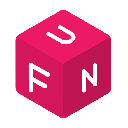-
 Bitcoin
Bitcoin $83,692.3503
0.83% -
 Ethereum
Ethereum $1,817.6072
1.05% -
 Tether USDt
Tether USDt $0.9997
-0.01% -
 XRP
XRP $2.1571
4.64% -
 BNB
BNB $597.9442
0.92% -
 Solana
Solana $121.3486
4.34% -
 USDC
USDC $1.0000
0.01% -
 Dogecoin
Dogecoin $0.1701
3.73% -
 Cardano
Cardano $0.6627
2.07% -
 TRON
TRON $0.2366
-0.80% -
 Chainlink
Chainlink $12.9968
1.79% -
 UNUS SED LEO
UNUS SED LEO $8.9254
-4.67% -
 Toncoin
Toncoin $3.2910
-5.61% -
 Stellar
Stellar $0.2571
-0.87% -
 Avalanche
Avalanche $18.2770
1.18% -
 Sui
Sui $2.2536
2.53% -
 Shiba Inu
Shiba Inu $0.0...01238
1.05% -
 Hedera
Hedera $0.1630
0.81% -
 Litecoin
Litecoin $83.8930
0.33% -
 Polkadot
Polkadot $4.0032
-0.63% -
 MANTRA
MANTRA $6.2613
-0.60% -
 Bitcoin Cash
Bitcoin Cash $303.7265
-0.19% -
 Bitget Token
Bitget Token $4.5099
0.36% -
 Dai
Dai $1.0001
0.01% -
 Ethena USDe
Ethena USDe $0.9990
-0.06% -
 Pi
Pi $0.6727
25.93% -
 Hyperliquid
Hyperliquid $12.0801
5.29% -
 Monero
Monero $216.8337
0.33% -
 Uniswap
Uniswap $5.9215
0.58% -
 OKB
OKB $51.4710
9.89%
What is a privacy coin in Web3?
Privacy coins in Web3 enhance anonymity by obscuring transaction details, offering benefits such as financial privacy, reduced discrimination, and regulatory compliance.
Feb 18, 2025 at 01:12 am
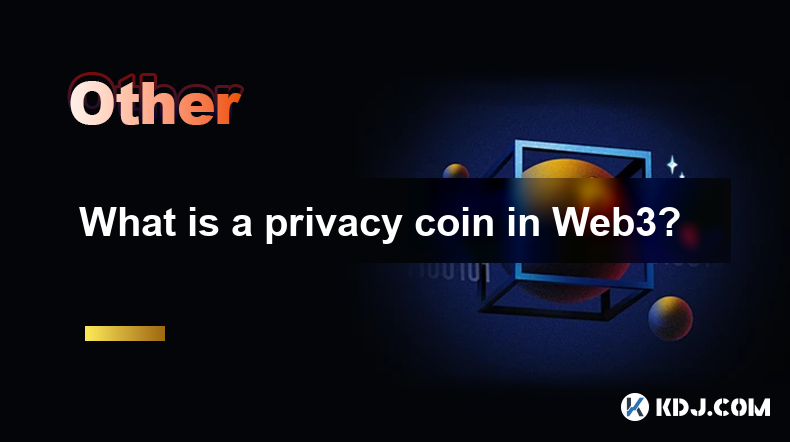
Key Points
- Definition of Privacy Coins in Web3
- Benefits and Use Cases of Privacy Coins
- Challenges and Limitations of Privacy Coins
- Regulations and Compliance Considerations
- Future Prospects of Privacy Coins in Web3
What is a Privacy Coin in Web3?
Privacy coins in Web3 are cryptocurrencies that prioritize anonymity and transaction privacy, offering various mechanisms to obscure the identities of senders, recipients, and the amounts involved in transactions. They are built on distributed ledger technology but conceal crucial information that would otherwise be visible on a transparent blockchain.
Benefits and Use Cases of Privacy Coins
- Enhanced Anonymity: Privacy coins obscure the identities of parties involved in transactions, protecting their financial activities from public scrutiny and potential surveillance.
- Financial Privacy: They safeguard users' financial data, shielding them from malicious actors and organizations seeking to exploit personal information.
- Sensitive Transactions: Privacy coins enable discreet handling of sensitive transactions that individuals may wish to keep confidential, such as donations or whistleblowing payments.
- Prevention of Discrimination: By anonymizing user data, privacy coins hinder discriminatory practices in financial markets and promote equal access to financial services.
- Regulatory Compliance: Privacy coins can facilitate compliance with regulations mandating the protection of financial privacy, such as the General Data Protection Regulation (GDPR).
Challenges and Limitations of Privacy Coins
- Regulatory Scrutiny: Privacy coins' anonymity features have raised concerns among regulators, who see them as potential vehicles for money laundering and other illicit activities.
- Lower Adoption and Liquidity: Compared to established cryptocurrencies, privacy coins generally have lower adoption rates and liquidity, which can affect their accessibility and usability.
- Technological Limitations: Achieving complete privacy in blockchain transactions can be challenging, and privacy coins often employ cryptographic techniques that may come with their own trade-offs.
- Scalability Concerns: Some privacy coins face scalability limitations due to their anonymization mechanisms, which can impact transaction processing speed and network capacity.
- Potential for Abuse: Anonymity, while beneficial for privacy, can also be exploited by malicious actors for fraudulent activities, making it crucial for proper oversight and compliance measures.
Regulations and Compliance Considerations
Regulations governing privacy coins vary across jurisdictions, with some authorities imposing stringent KYC/AML measures while others adopt a more lenient approach.
- Know-Your-Customer (KYC) and Anti-Money Laundering (AML) Regulations: Many jurisdictions require cryptocurrency exchanges and service providers to implement robust KYC/AML procedures to combat financial crimes. Privacy coins can pose challenges in meeting these requirements due to their anonymizing features.
- International Regulations: International bodies, such as the Financial Action Task Force (FATF), are developing guidelines and standards for the regulation of privacy coins, seeking to strike a balance between privacy protection and the prevention of financial misconduct.
Future Prospects of Privacy Coins in Web3
Despite the challenges and regulatory scrutiny, privacy coins continue to garner interest and adoption in the Web3 ecosystem.
- Technological Advancements: Ongoing developments in cryptography and anonymization techniques are expected to enhance the privacy features and scalability of privacy coins.
- Adoption in Decentralized Finance (DeFi): Privacy coins could play a significant role in DeFi by providing anonymous access to financial services and enhancing the privacy of DeFi protocols.
- Increased Regulation: As regulations evolve and mature, privacy coins will likely adapt to meet compliance requirements, facilitating their widespread adoption.
- Balance between Privacy and Transparency: The Web3 community will need to find a balanced approach between protecting user privacy and maintaining transparency and accountability in the cryptocurrency ecosystem.
FAQs
Q: Why are privacy coins not mentioned in the rankings?
A: The question provided does not include any rankings.
Q: Is it possible to achieve complete privacy with privacy coins?
A: Achieving complete anonymity in blockchain transactions is challenging, and privacy coins employ techniques that may have their own limitations. However, they provide a higher level of privacy compared to transparent cryptocurrencies.
Q: What are the most popular privacy coins in the market?
A: The most popular privacy coins include Monero (XMR), Zcash (ZEC), and Dash (DASH).
Q: How can I use privacy coins?
A: Privacy coins can be used for a variety of purposes, including anonymous transactions, protecting financial privacy, and facilitating sensitive payments.
Q: Are privacy coins legal?
A: The legality of privacy coins varies across jurisdictions. Some countries have taken steps to regulate them, while others have adopted a more lenient approach.
Disclaimer:info@kdj.com
The information provided is not trading advice. kdj.com does not assume any responsibility for any investments made based on the information provided in this article. Cryptocurrencies are highly volatile and it is highly recommended that you invest with caution after thorough research!
If you believe that the content used on this website infringes your copyright, please contact us immediately (info@kdj.com) and we will delete it promptly.
- title: Dogecoin (DOGE) Shows Resilience Despite Bitcoin (BTC) and Altcoin Market Downturn
- 2025-04-05 18:20:12
- Fartcoin (STPT) Down After Explosive Rally as Investors Take Profits
- 2025-04-05 18:20:12
- NodeOps Network Unveils Innovative Pre-Sale Price Discovery Mechanism
- 2025-04-05 18:15:12
- MIND of Pepe Presale Closes On $8 Million – Next Crypto To Explode?
- 2025-04-05 18:15:12
- The Next Bitcoin Treasury Company May Not Be a U.S. Tech Giant
- 2025-04-05 18:10:12
- Market Greed Turns to Bloodbath as Nearly $300M Worth of Perpetual Futures Positions Get Liquidated
- 2025-04-05 18:10:12
Related knowledge
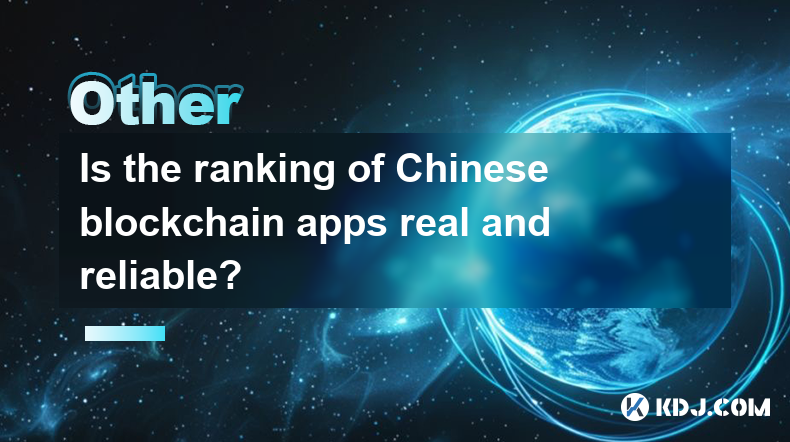
Is the ranking of Chinese blockchain apps real and reliable?
Apr 04,2025 at 09:01pm
The ranking of Chinese blockchain apps has become a topic of interest for many in the cryptocurrency community, as it provides insights into the popularity and adoption of blockchain technology within China. However, the reliability and authenticity of these rankings are often questioned. This article aims to delve into the factors that influence these ...
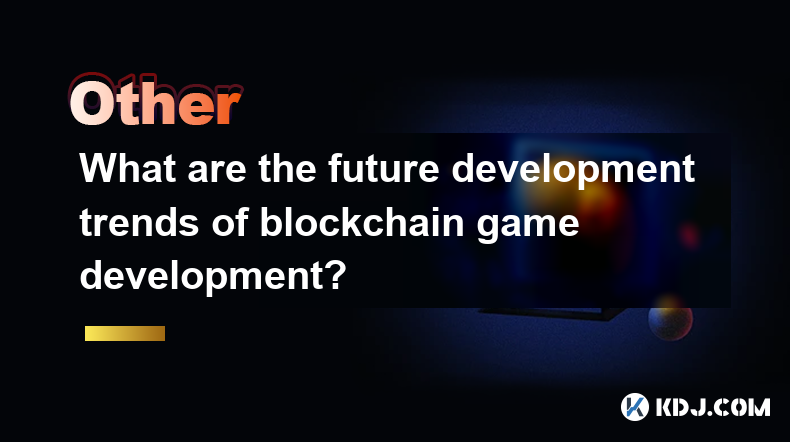
What are the future development trends of blockchain game development?
Apr 03,2025 at 05:00am
Blockchain technology has revolutionized various industries, and gaming is no exception. As we look to the future, several trends are set to shape the development of blockchain games. These trends not only promise to enhance the gaming experience but also to integrate blockchain technology more seamlessly into the gaming ecosystem. Let's explore these t...
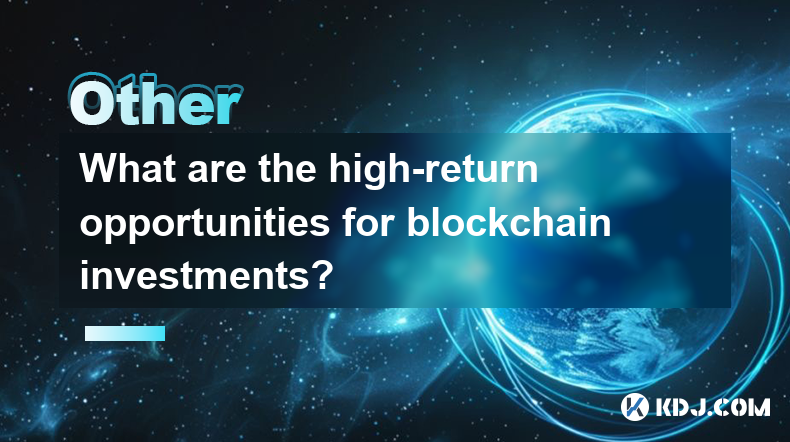
What are the high-return opportunities for blockchain investments?
Apr 05,2025 at 02:35pm
Blockchain technology has revolutionized the financial world, offering numerous high-return investment opportunities. These opportunities span various sectors within the cryptocurrency ecosystem, including cryptocurrencies, decentralized finance (DeFi), non-fungible tokens (NFTs), and blockchain startups. Each of these areas presents unique risks and re...
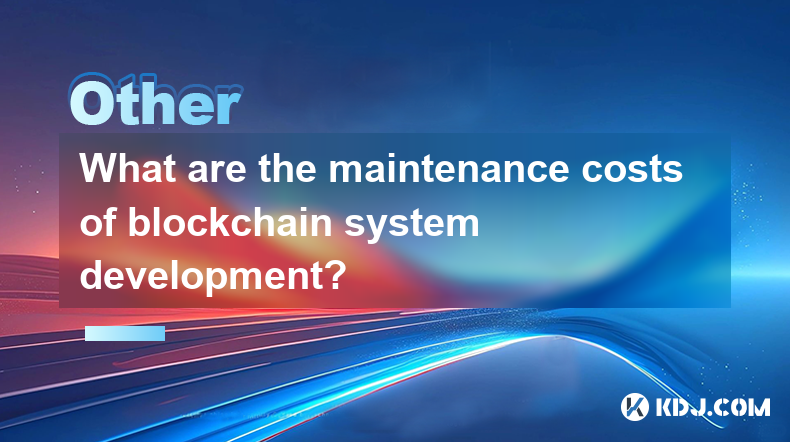
What are the maintenance costs of blockchain system development?
Apr 03,2025 at 06:07pm
The maintenance costs of blockchain system development are multifaceted and depend on various factors. These costs can include technical maintenance, security updates, infrastructure expenses, and personnel costs. Understanding these elements is crucial for anyone planning to develop or maintain a blockchain system. Technical MaintenanceTechnical mainte...
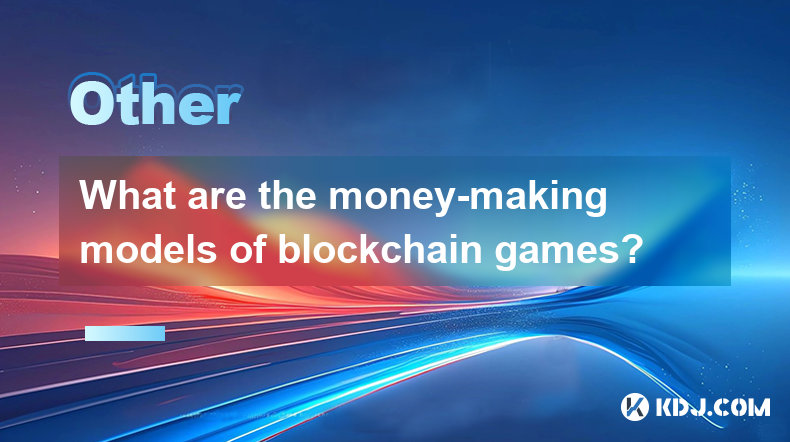
What are the money-making models of blockchain games?
Apr 04,2025 at 02:00pm
Blockchain games have emerged as a revolutionary way for players to earn real money while enjoying their favorite pastime. These games leverage the power of blockchain technology to create unique money-making models that benefit both the players and the developers. In this article, we will explore the various money-making models of blockchain games and ...
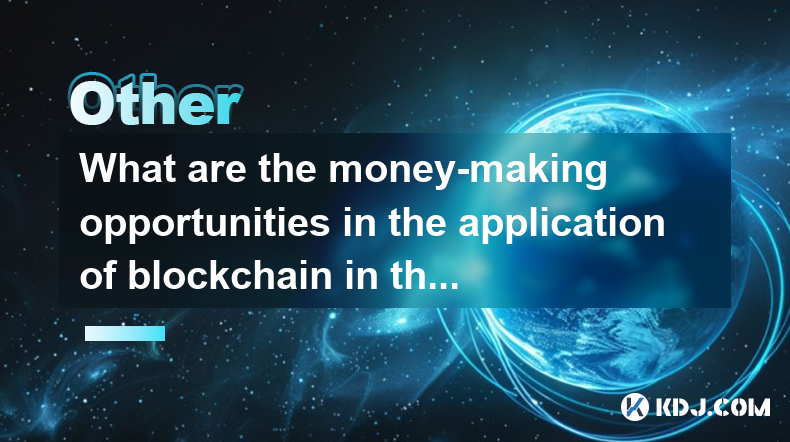
What are the money-making opportunities in the application of blockchain in the medical industry?
Apr 03,2025 at 03:35am
The integration of blockchain technology into the medical industry presents a myriad of money-making opportunities that can revolutionize healthcare systems. Blockchain's inherent characteristics, such as transparency, security, and immutability, make it an ideal solution for various medical applications. By leveraging blockchain, companies can develop ...

Is the ranking of Chinese blockchain apps real and reliable?
Apr 04,2025 at 09:01pm
The ranking of Chinese blockchain apps has become a topic of interest for many in the cryptocurrency community, as it provides insights into the popularity and adoption of blockchain technology within China. However, the reliability and authenticity of these rankings are often questioned. This article aims to delve into the factors that influence these ...

What are the future development trends of blockchain game development?
Apr 03,2025 at 05:00am
Blockchain technology has revolutionized various industries, and gaming is no exception. As we look to the future, several trends are set to shape the development of blockchain games. These trends not only promise to enhance the gaming experience but also to integrate blockchain technology more seamlessly into the gaming ecosystem. Let's explore these t...

What are the high-return opportunities for blockchain investments?
Apr 05,2025 at 02:35pm
Blockchain technology has revolutionized the financial world, offering numerous high-return investment opportunities. These opportunities span various sectors within the cryptocurrency ecosystem, including cryptocurrencies, decentralized finance (DeFi), non-fungible tokens (NFTs), and blockchain startups. Each of these areas presents unique risks and re...

What are the maintenance costs of blockchain system development?
Apr 03,2025 at 06:07pm
The maintenance costs of blockchain system development are multifaceted and depend on various factors. These costs can include technical maintenance, security updates, infrastructure expenses, and personnel costs. Understanding these elements is crucial for anyone planning to develop or maintain a blockchain system. Technical MaintenanceTechnical mainte...

What are the money-making models of blockchain games?
Apr 04,2025 at 02:00pm
Blockchain games have emerged as a revolutionary way for players to earn real money while enjoying their favorite pastime. These games leverage the power of blockchain technology to create unique money-making models that benefit both the players and the developers. In this article, we will explore the various money-making models of blockchain games and ...

What are the money-making opportunities in the application of blockchain in the medical industry?
Apr 03,2025 at 03:35am
The integration of blockchain technology into the medical industry presents a myriad of money-making opportunities that can revolutionize healthcare systems. Blockchain's inherent characteristics, such as transparency, security, and immutability, make it an ideal solution for various medical applications. By leveraging blockchain, companies can develop ...
See all articles














































































